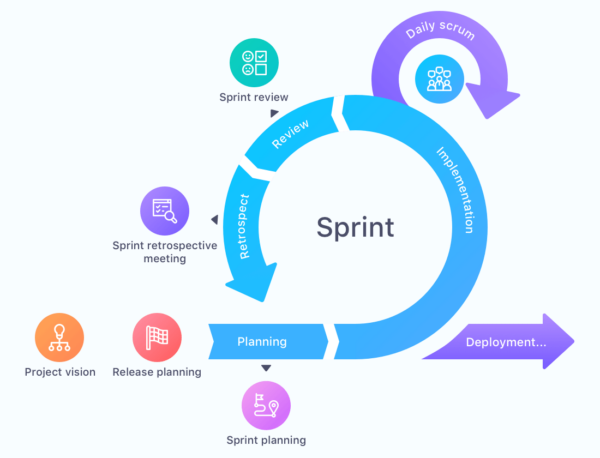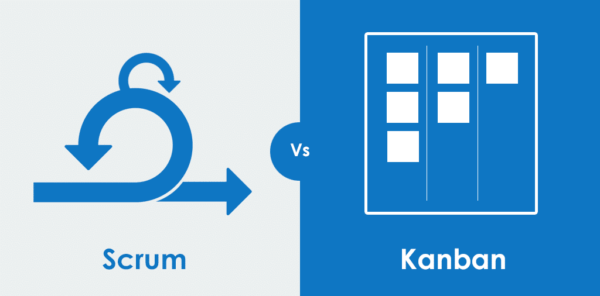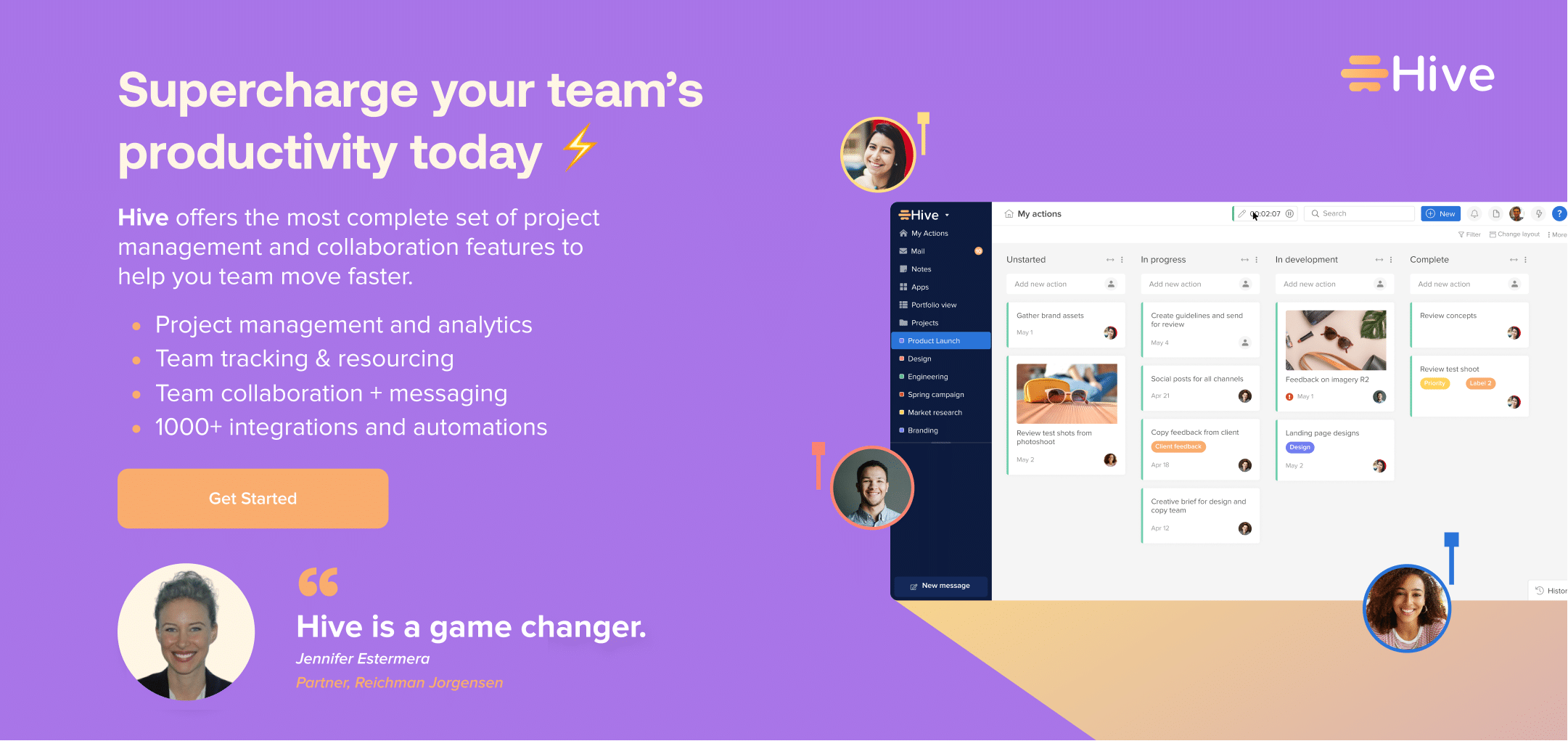If your team is seeking ways to execute projects more efficiently and manage time wisely, you may have come across the terms “Scrum” and “Kanban”. Although these terms are often used interchangeably, these two project management methods are quite different in nature.
For those who have been looking into using Scrum or Kanban methods for their project management needs, here are the differences between the two methods.
What Is Scrum?
Scrum is a project management method that focuses on helping teams isolate and power through tasks in what is known as a “sprint”, which is often the short amount of allotted time in which a team has to complete the given tasks.
A team using a Scrum board will have three different sections filled with tasks. The first section, which is often called the to-do section, contains all of the tasks that need to be completed during the sprint. Once the team has decided which tasks they want to complete, they can move the task to the in-progress portion of the board. When the task is finished, it can be placed in the finished section of the board. This helps teams stay organized and gives them a visual representation of how the project is moving along and which member of the team is taking care of certain tasks.

What Is Kanban?
Kanban is a project management method that focuses on visuals indicators and using fewer tasks in order to increase a team’s productivity and success. Kanban boards ensure visualization of your entire team’s work, standardization of workflow, and identification of any blockers or dependencies for a quick resolution.
The basic version of a Kanban board consists of a 3-step workflow: To Do, In Progress, and Completed, however, depending on the general structure or size of your team and the objective of the tasks at hand, you can map the workflow to meet your specific requirements. The number of tasks provided on a Kanban board is often limited to a certain number and tasks are given out freely as the project moves forward.
Using the Kanban board, your team will focus on the evolution of a project and identify issues that come up during the project process as well as any improvements that could be made to existing tasks.

Kanban vs. Scrum: 3 Key Differences
Although there are similarities when evaluating Kanban vs. Scrum, there are major differences to note when choosing the right methodology for your team. Here are three key differences that separate the two project management methods.

1. Time vs. progress
Scrum focuses on time while kanban focuses on progress.
As stated in the above section, Scrum projects focus on achieving all given tasks within a sprint. Each team member is required to do the tasks that they can and move them forward until all of the tasks have reached the final phase of the Scrum board by the deadline of the project. This process helps each team member to identify their skills and work in a manner that improves overall efficiency in projects as the team progresses through several sprints.
Using the Kanban method, there is no deadline required of the team. Instead, Kanban focuses on continual improvement in project management and identifying issues that arise during projects in order to improve the overall quality of the current project as well as future projects.
2. Set roles vs. evolving responsibilities
Scrum requires team members to have roles, while kanban shifts roles as needed.
When teams use the Scrum method, there are generally three roles applied to team members: Scrum Master, Product Owner, and Team Members. Based on the roles provided, each of the members of the project are given certain responsibilities that they must handle during the duration of the sprint. In addition to these responsibilities based on their role within the project, all team members are expected to be able to handle all of the work that is posted on the Scrum board.
With a project organized using a Kanban board, however, there are no given responsibilities to those participating in the project. Each member can take any task they see fit and skills are utilized by each of the members as a project evolves.
3. Sprints vs. Ongoing projects
A scrum board comes to an end with each sprint, while kanban boards change with the project.
In essence, Scrum and Kanban Boards are extremely similar. However, Scrum boards are designed to take on one project at a time. All tasks are meant to be completed by the end of the sprint and once a project is finished, the board is cleared and a new project and its tasks are reassigned to the board.
Using a Kanban board, there are two differences that stand out when compared to the Scrum method. Firstly, Kanban often limits the number of tasks that can be placed in each of the sections of the board. Secondly, there is no time limit and there is no need to reset a board once a project is “finished” since the team may need to reevaluate finished tasks and see if there are any adjustments that could be made to the project as it evolves.
Hive for Project Management

Hive can be used for Kanban project management by assigning tasks to team members, setting and tracking milestones, and visualizing progress with boards, checklists, and timelines. To assign tasks, you can make use of Hive’s tasks, which allows you to group tasks related to a project into one place and assign them as appropriate.
To set and track milestones, Hive offers milestone cards which can be used to indicate time-sensitive goals within the project and set deadlines accordingly. Finally, Hive’s boards can be used to visualize progress by tracking a project from concept to completion. This can also be combined with Hive’s checklists and timelines to make sure that each task is completed as per the project timeline.
To leverage Hive for Scrum project management, you’d simply need to add a series of repeating processes to help streamline the sprints. Hive’s project and action templates would allow for that structure without duplicating work.
Want to get started? Try Hive free for 14 days to see why thousands of teams choose Hive as their go-to project management platform.




